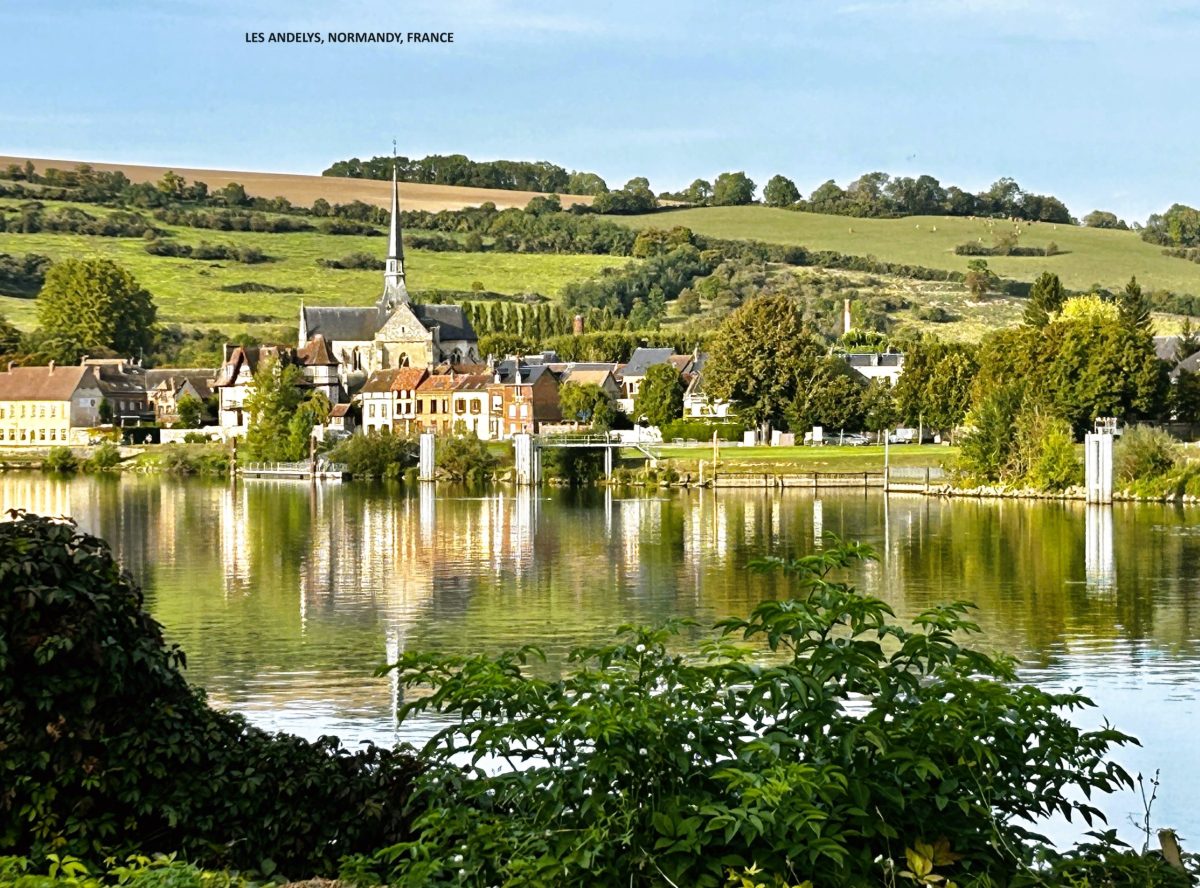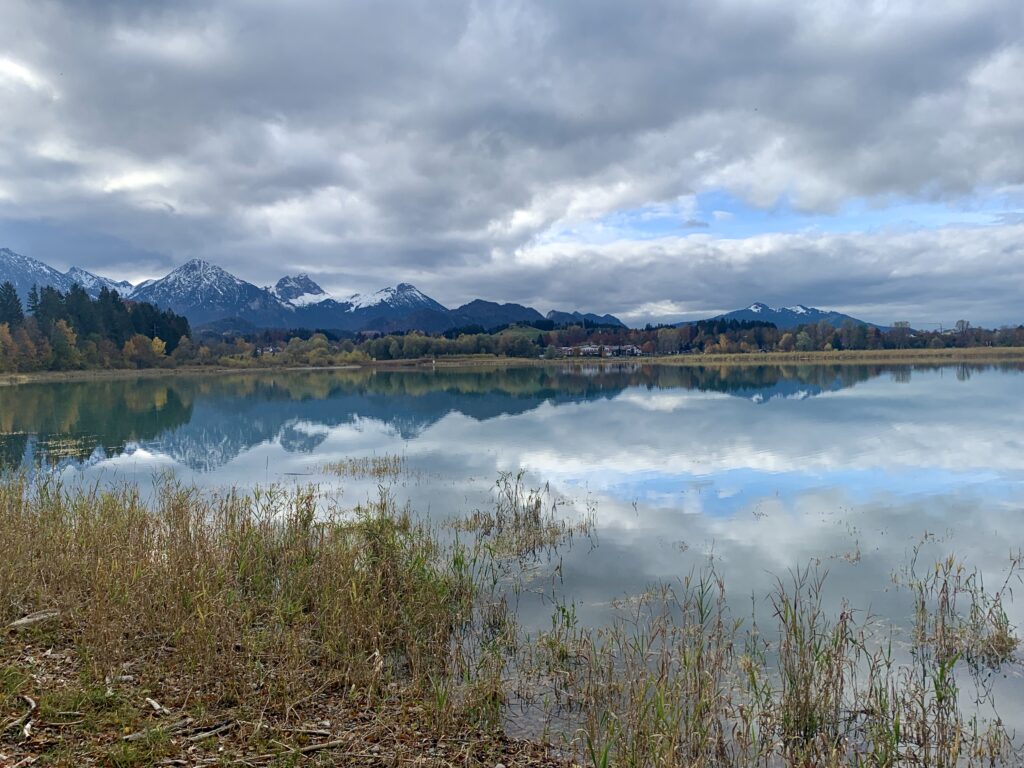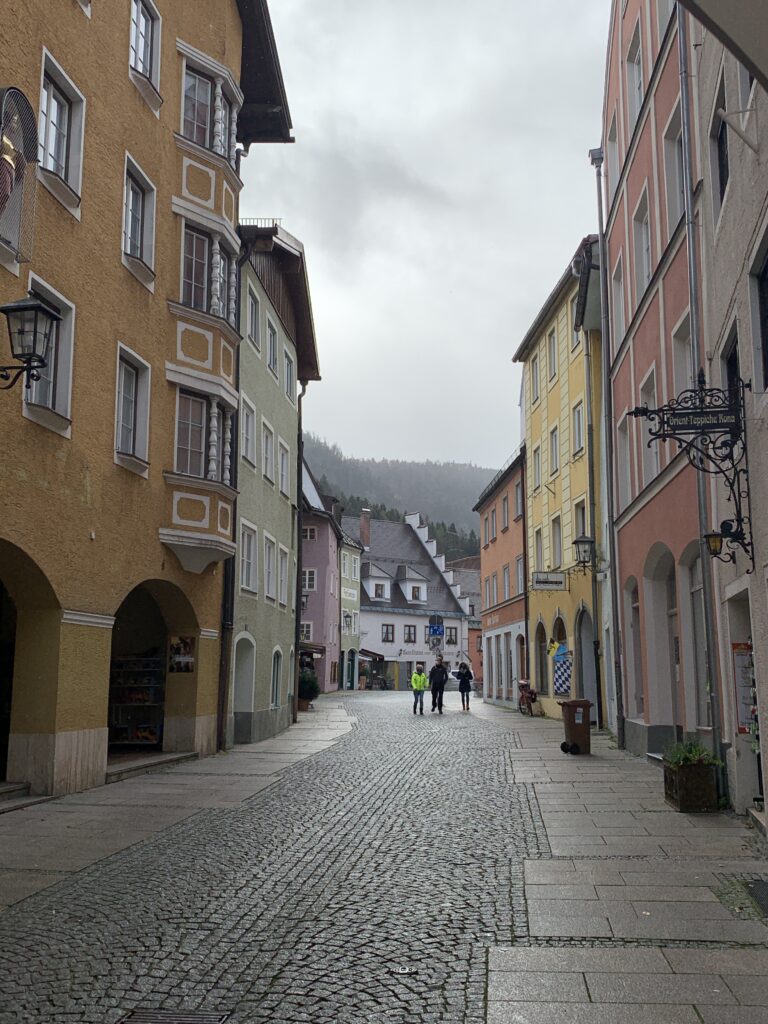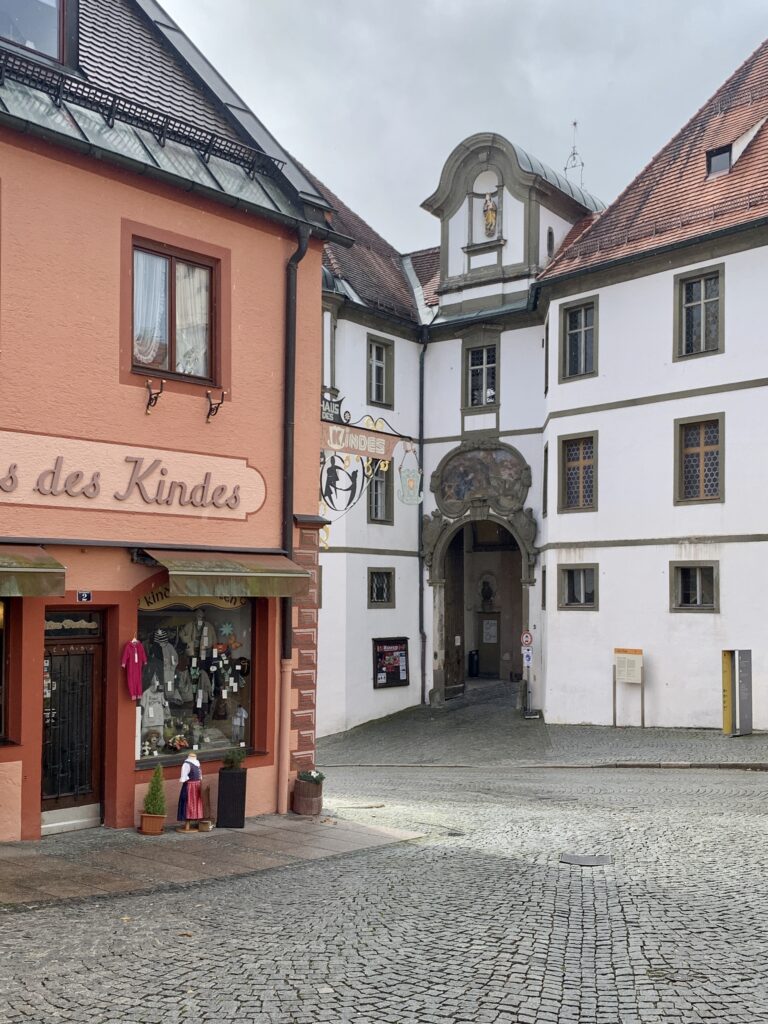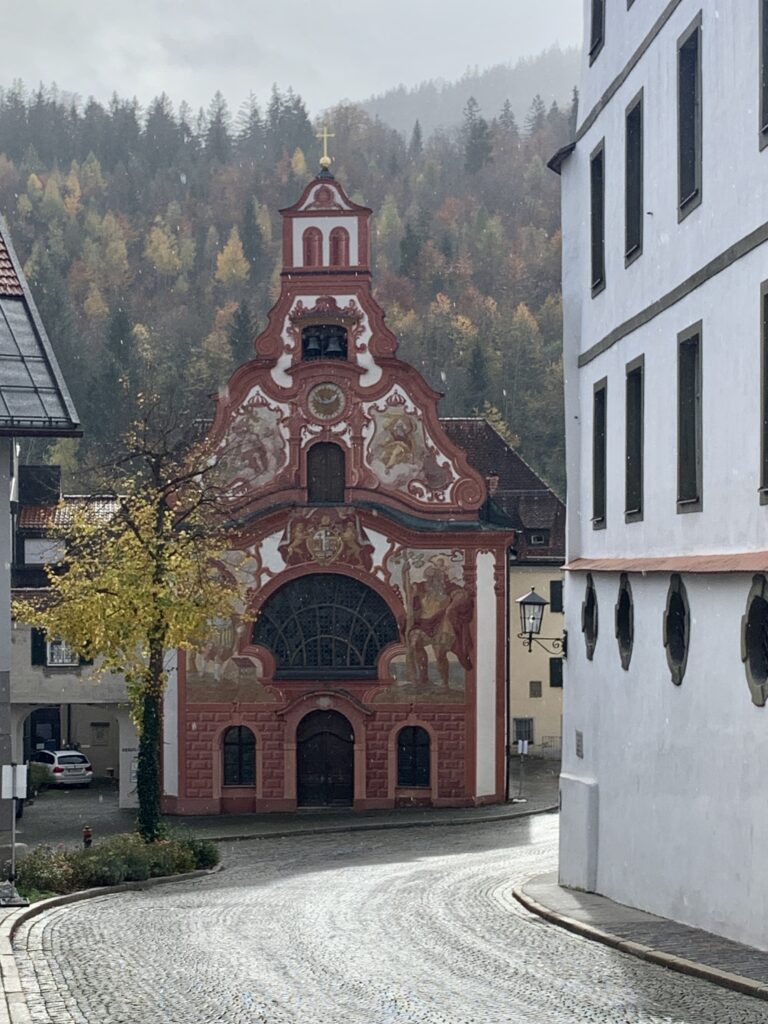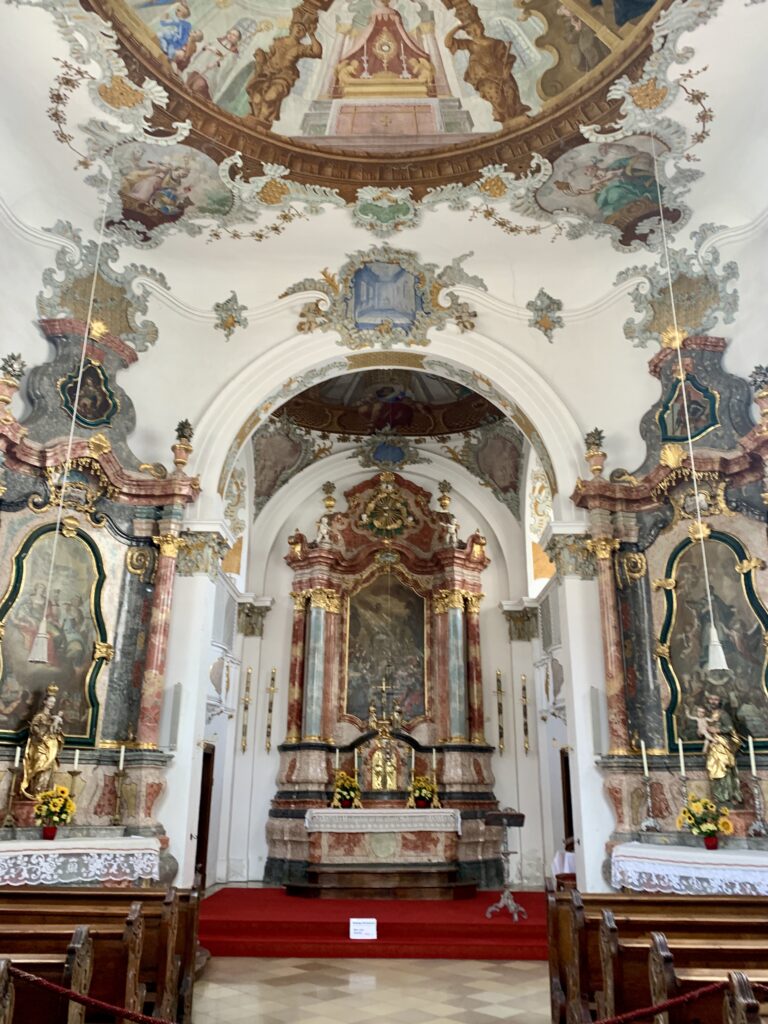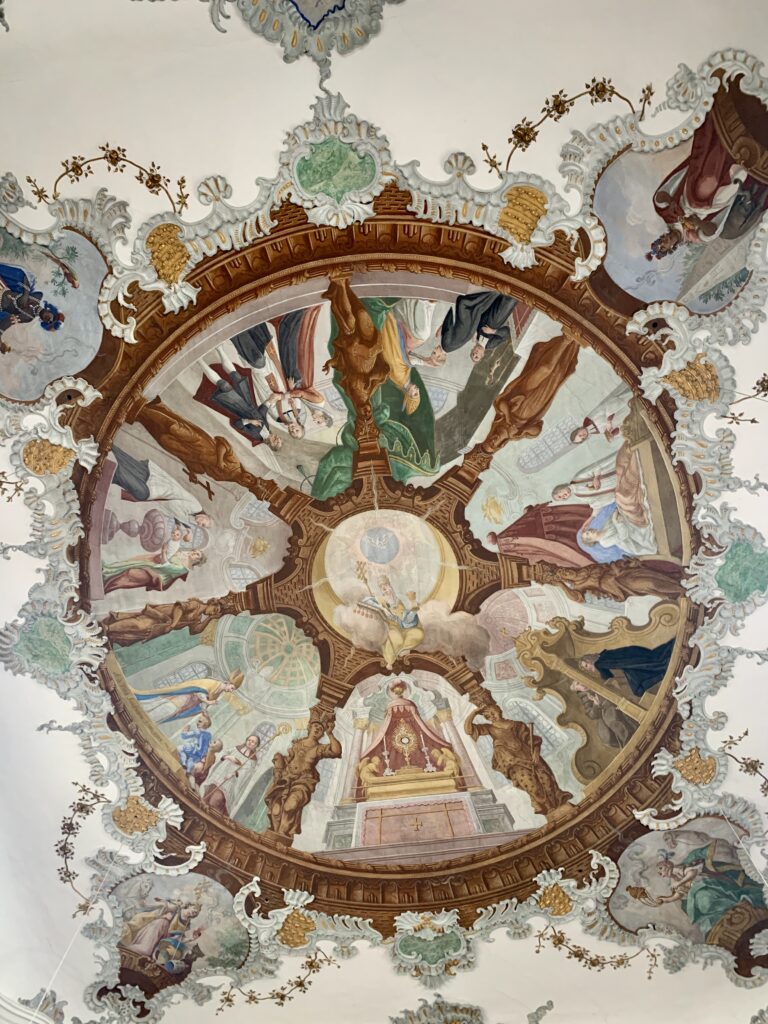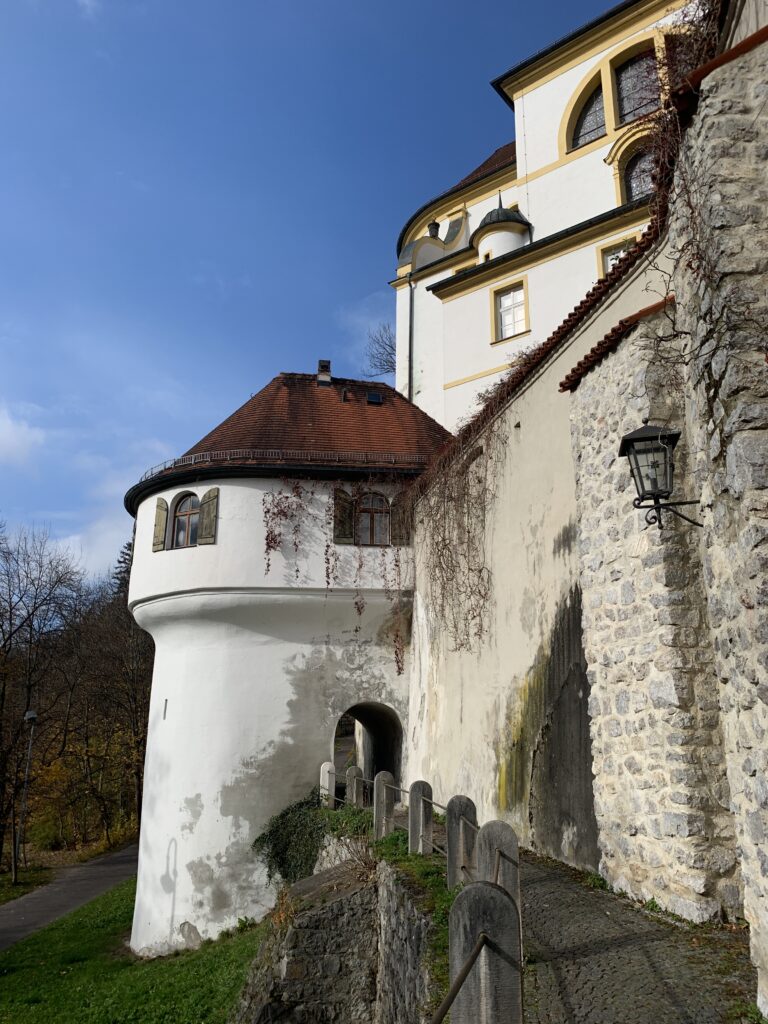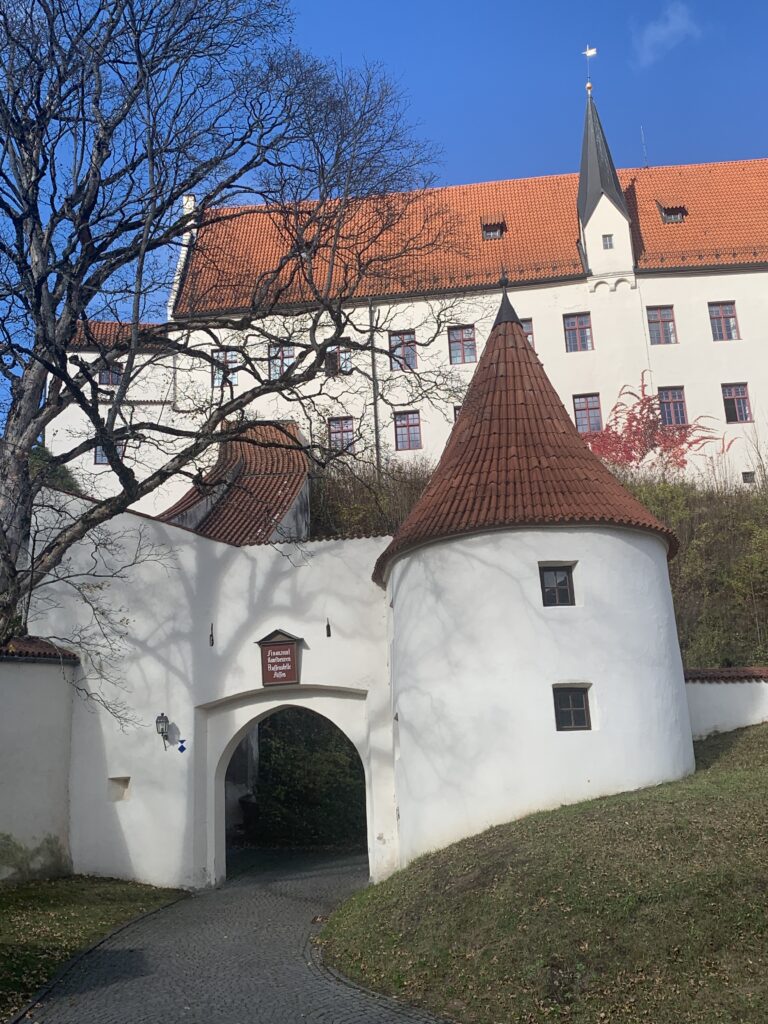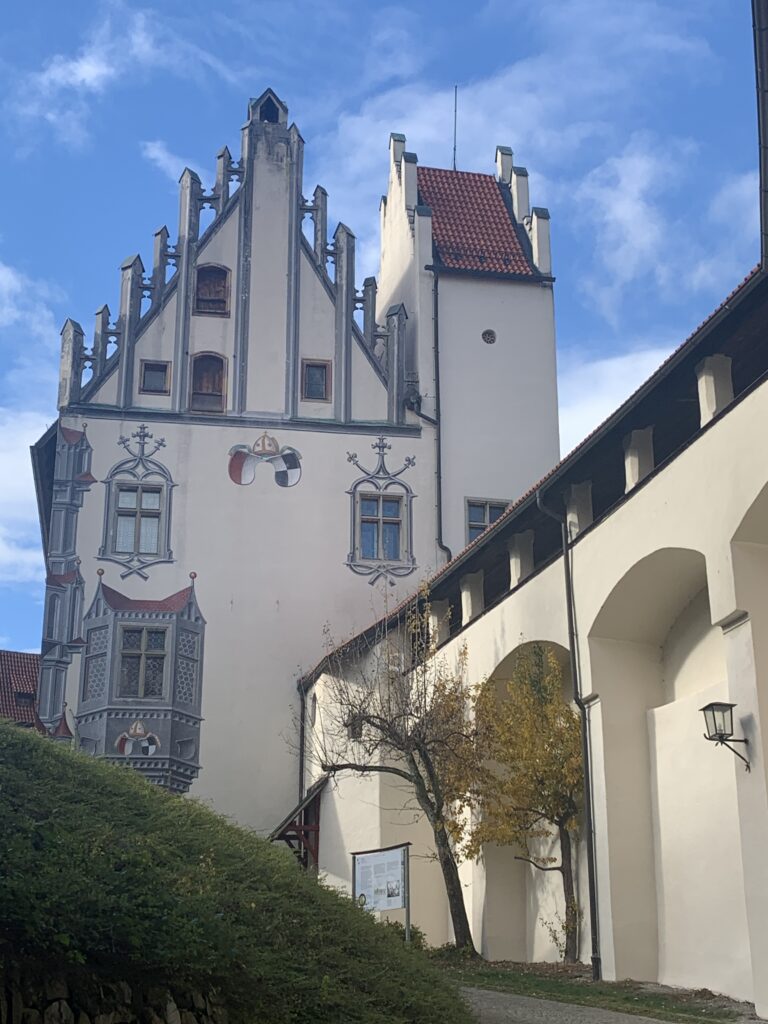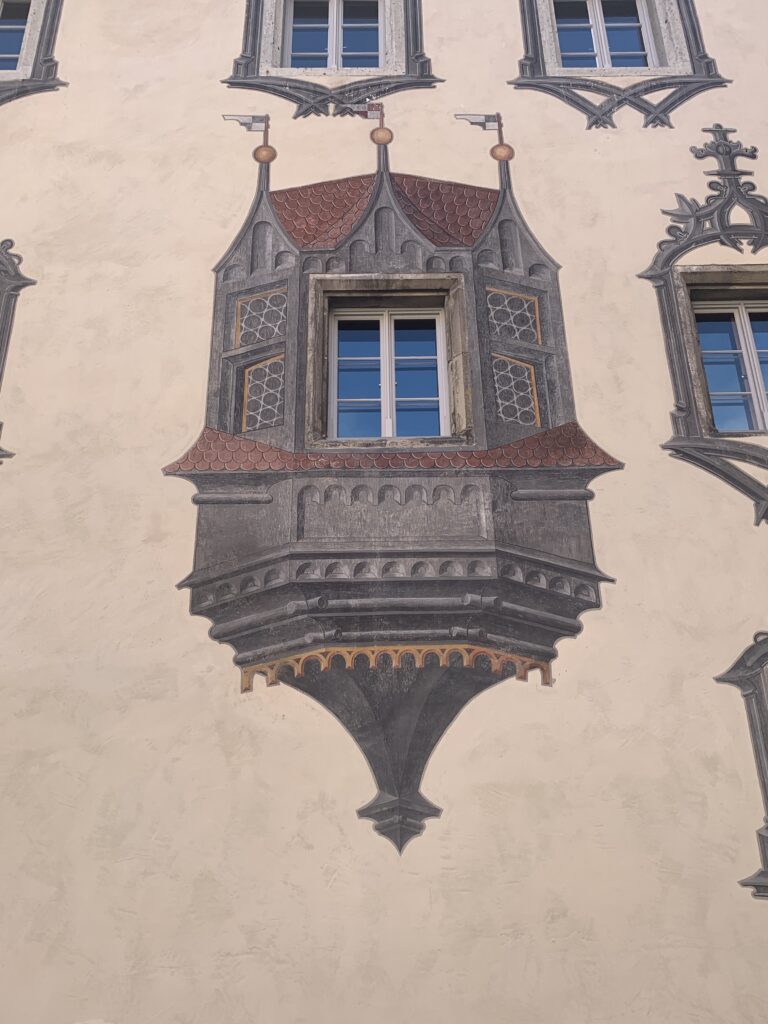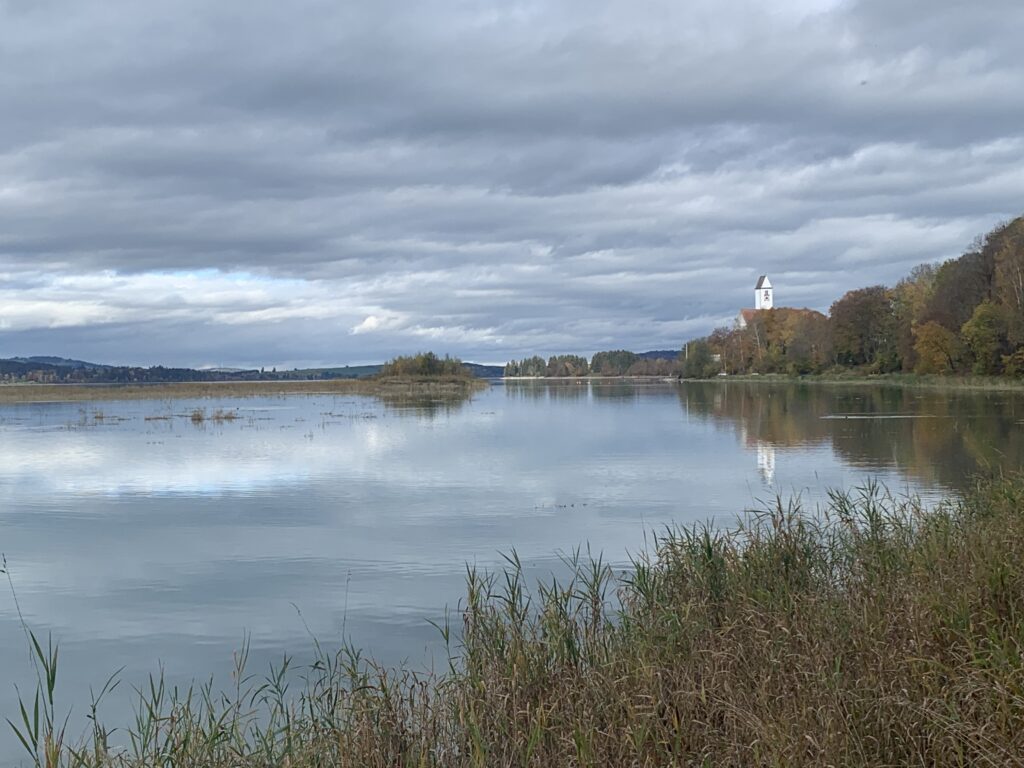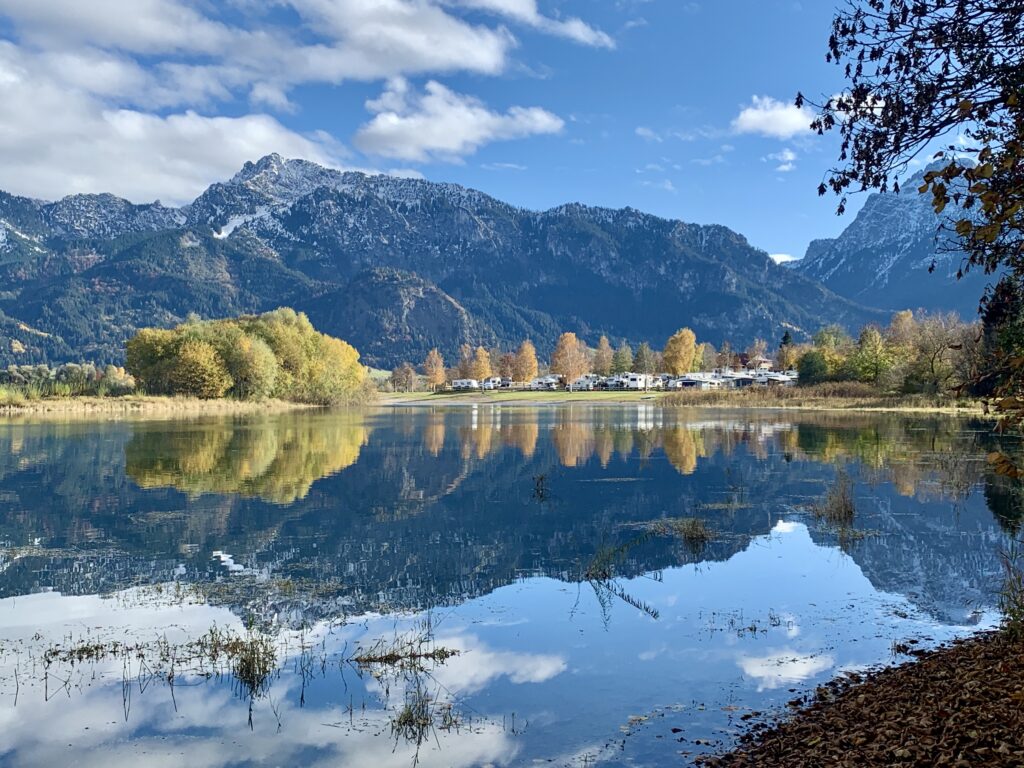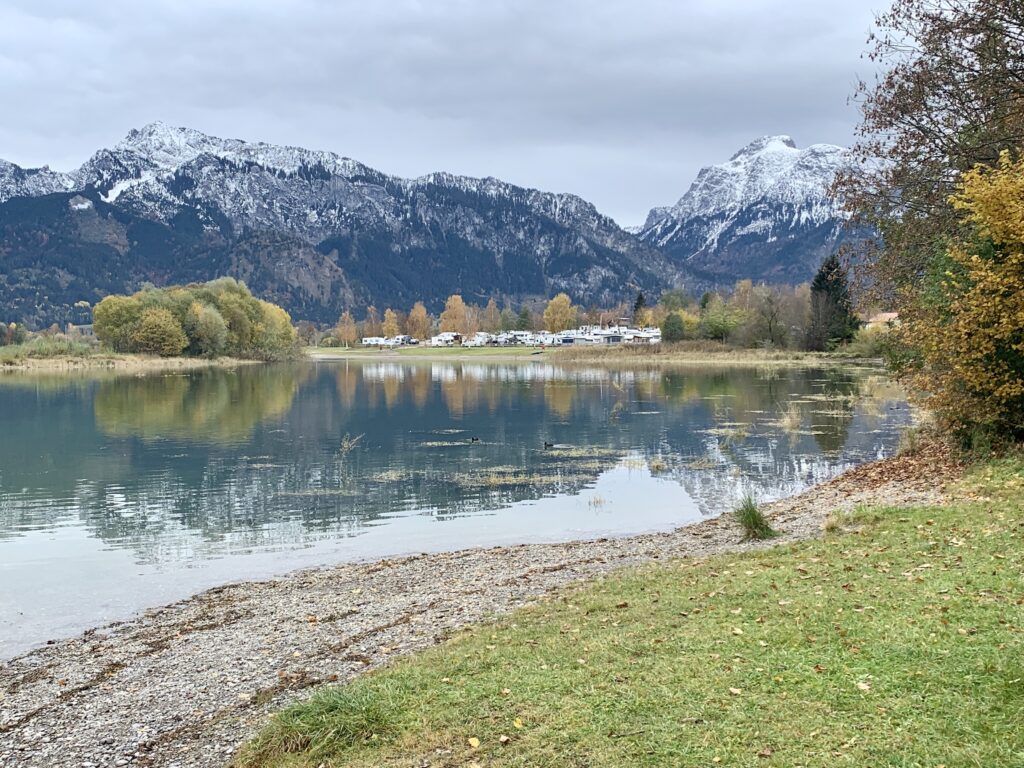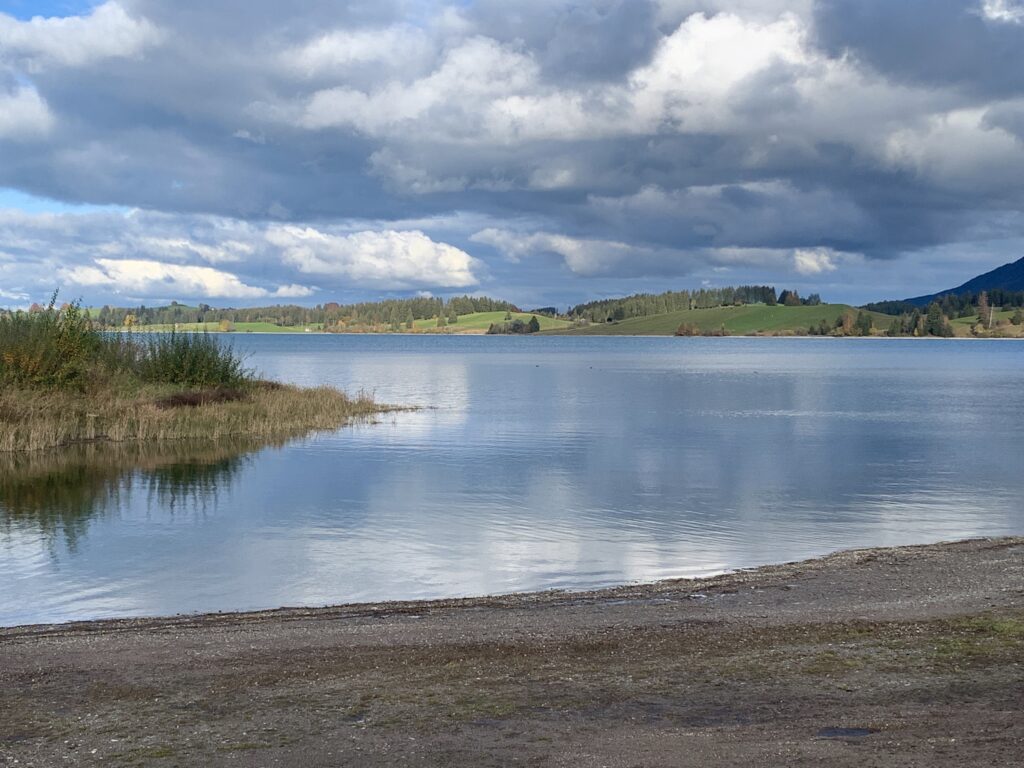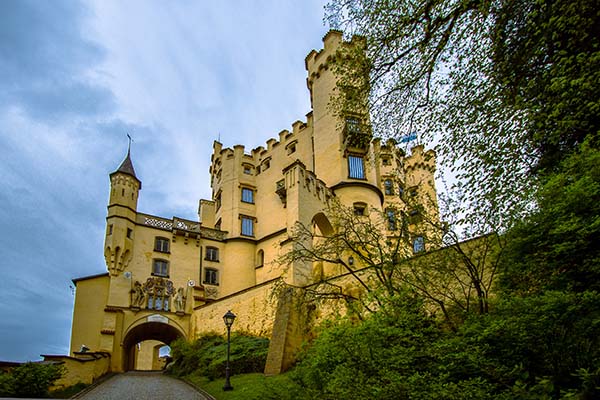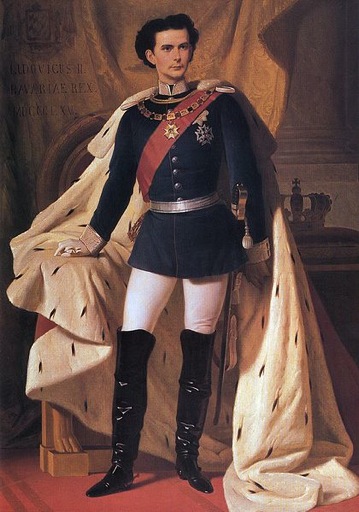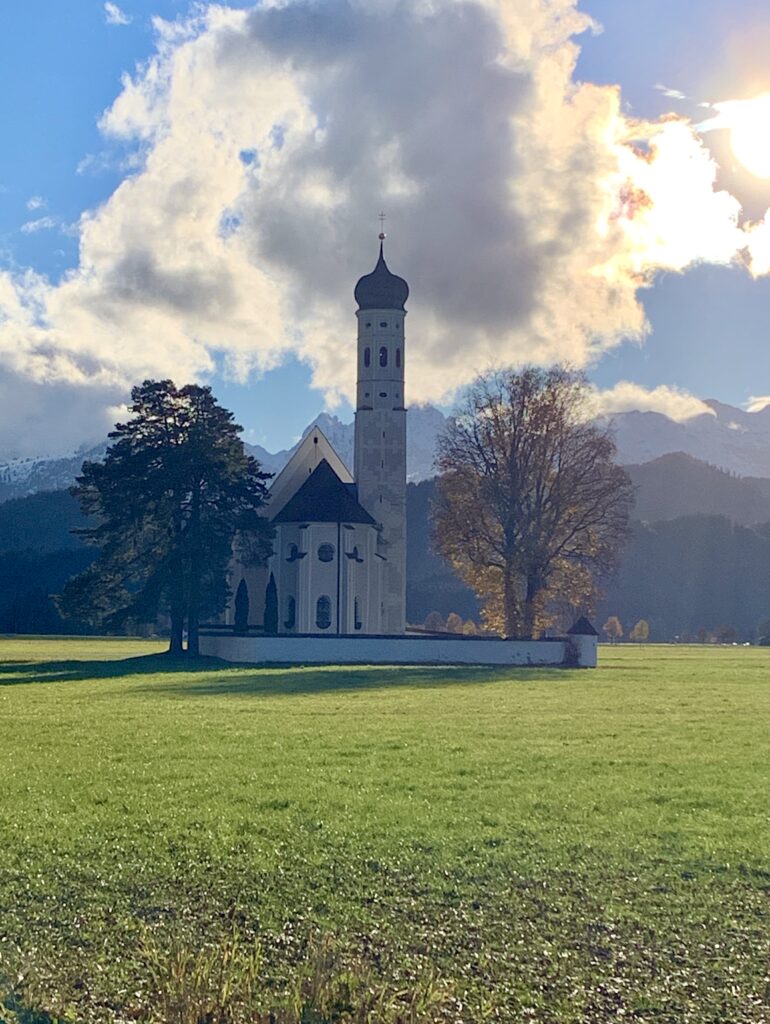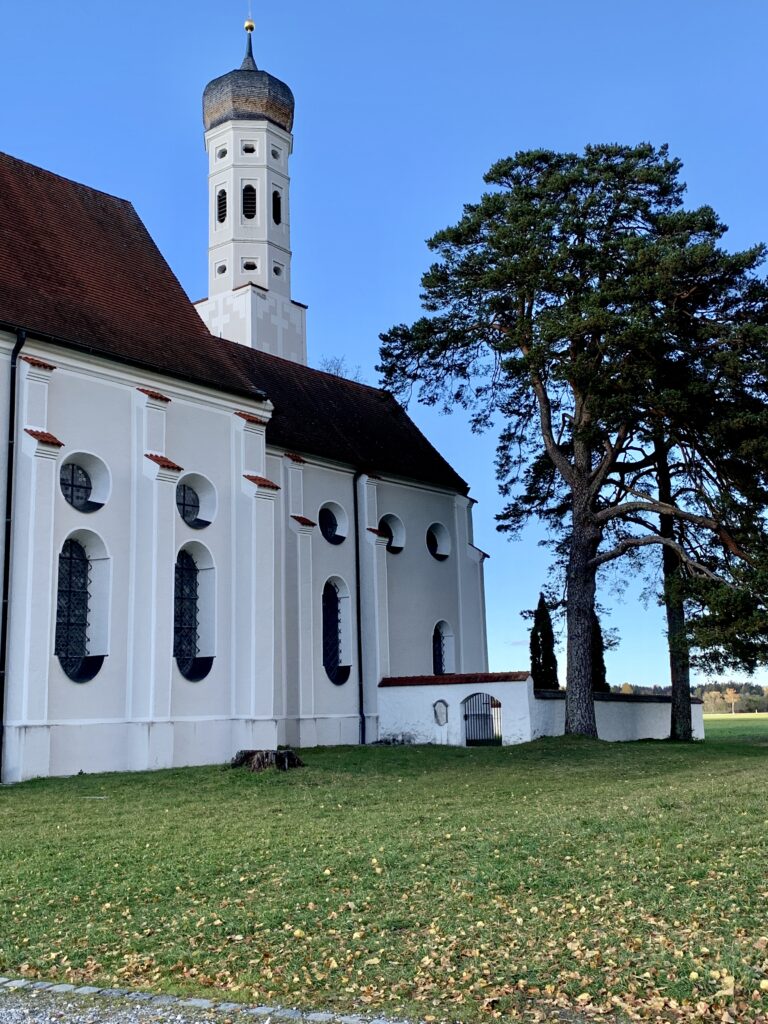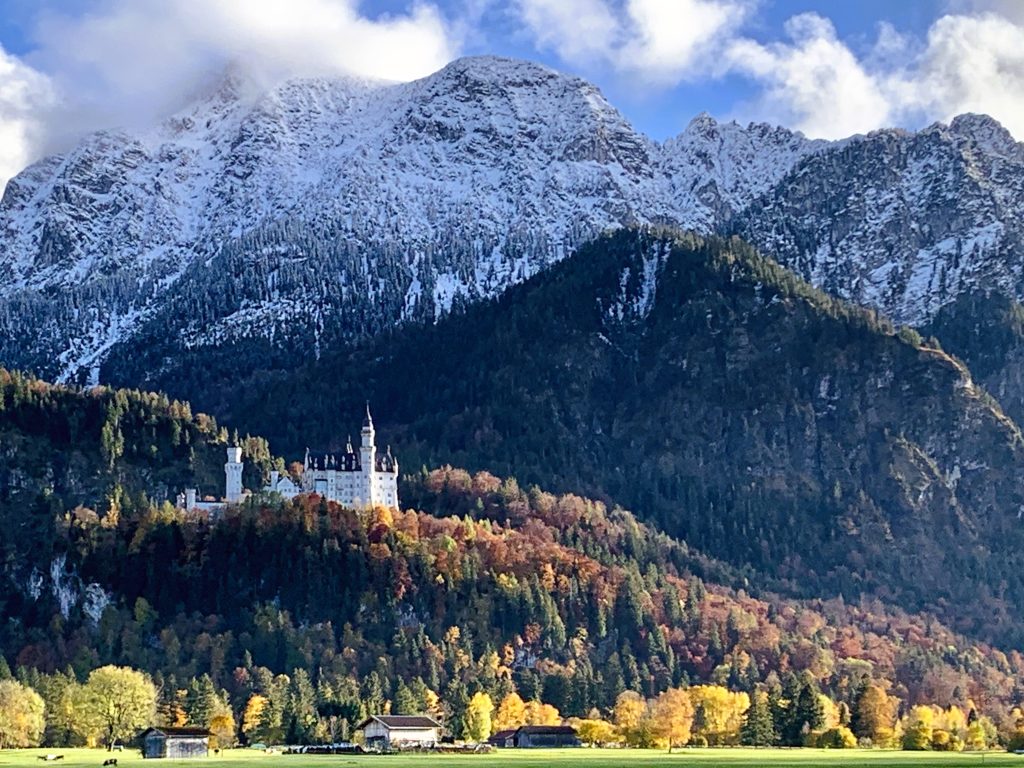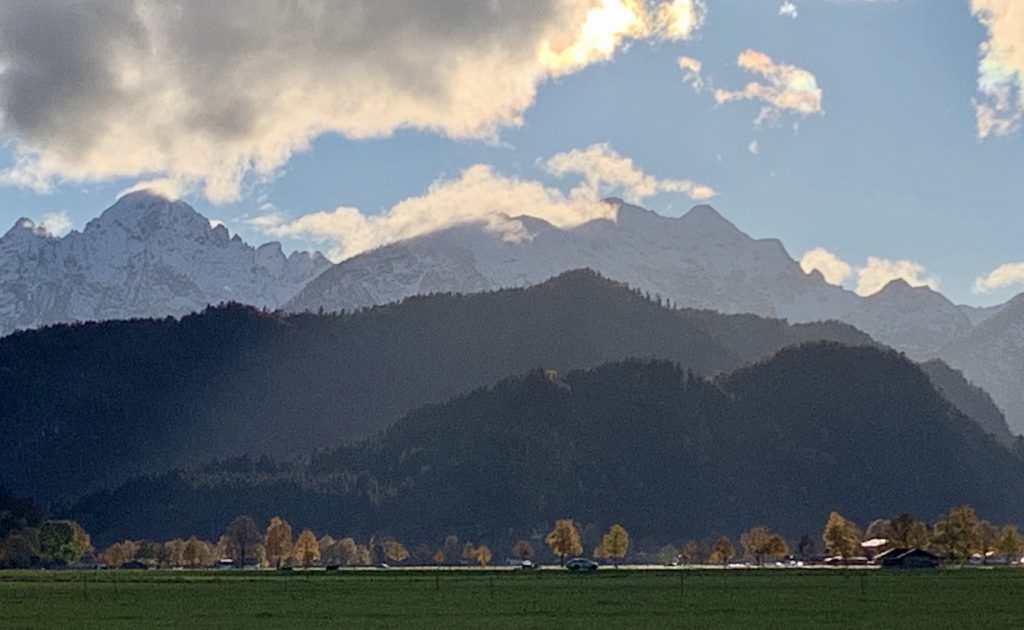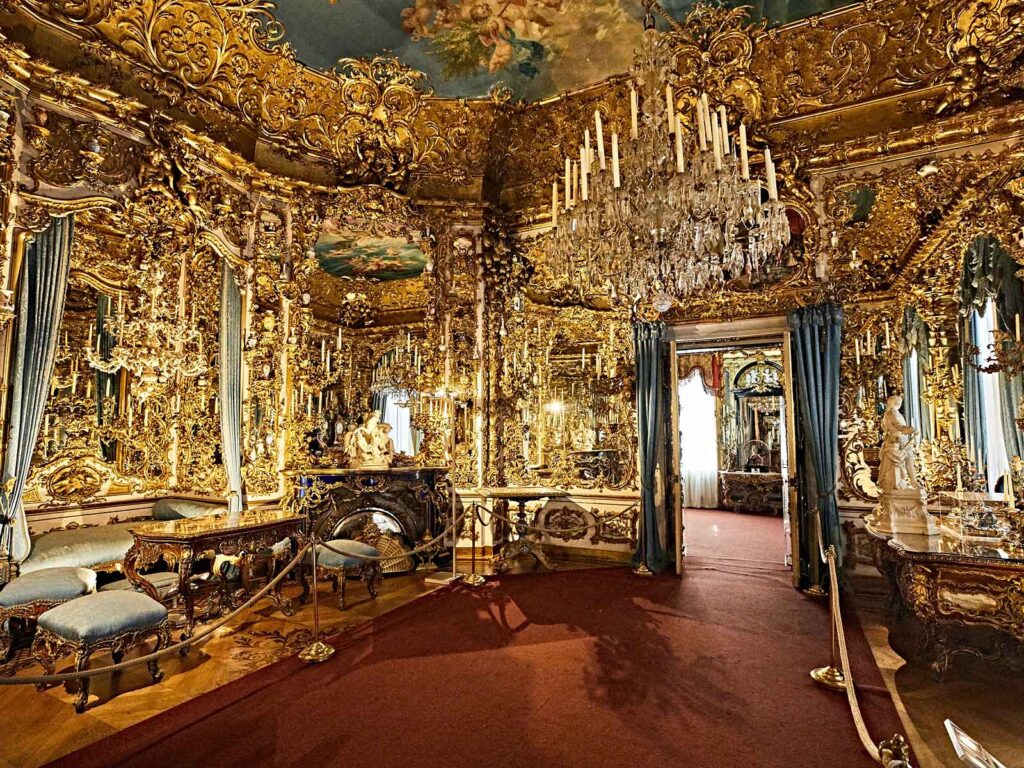We arrived late at our campsite on the edge of Colmar by the River L’Ill but the receptionist, bless her, had stayed late to check us in. I stopped at the same campsite two years ago for a few nights and knew it would be open this time of the year but, because of the National Covid Lockdown starting the next day, I wasn’t sure if we would be allowed to stay the two nights we needed (we had to get the dogs seen by a local vet for tapeworm tablets before they would be allowed back into the UK) but, I needn’t have worried. The receptionist told us that whatever happened we could stay the extra night. Again, bless her.


We were happy staying over, it gave us a chance to wander around Colmar, a small town in the Alsace Region of France not far from the German border. Vanya had never seen the place. I walked the largely pedestrian old town on my own that first morning and I have never seen it so quiet. It was the first day of the Lockdown in France and the place was virtually deserted. It was much the same in the afternoon when I showed Vanya around the town.
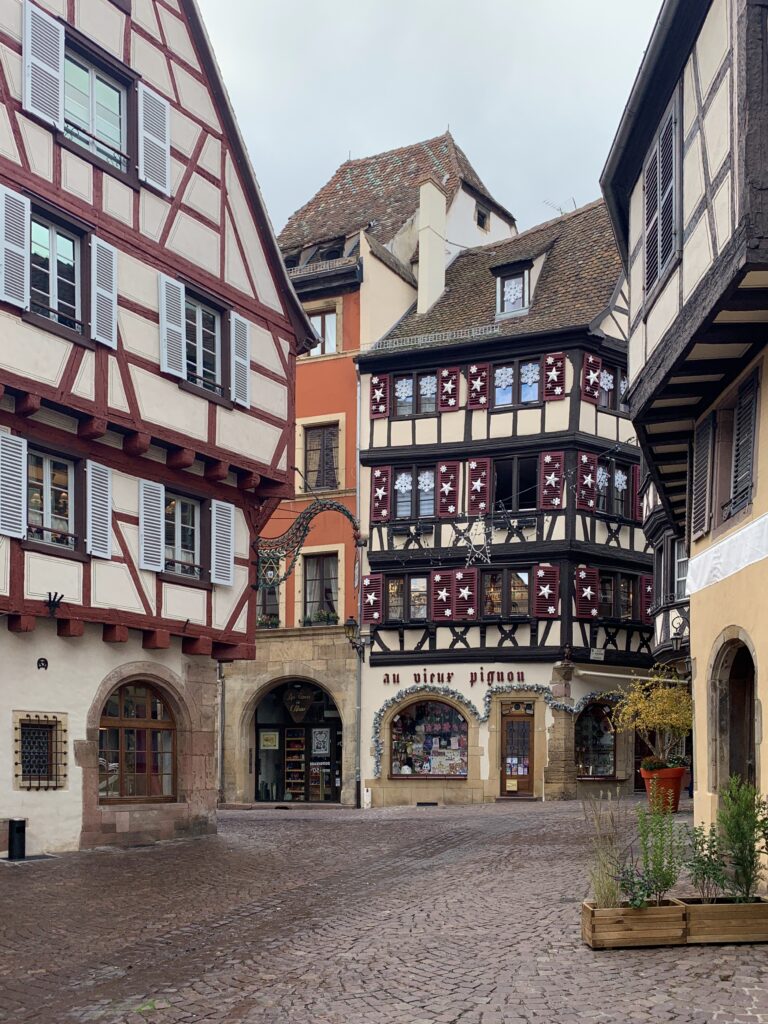
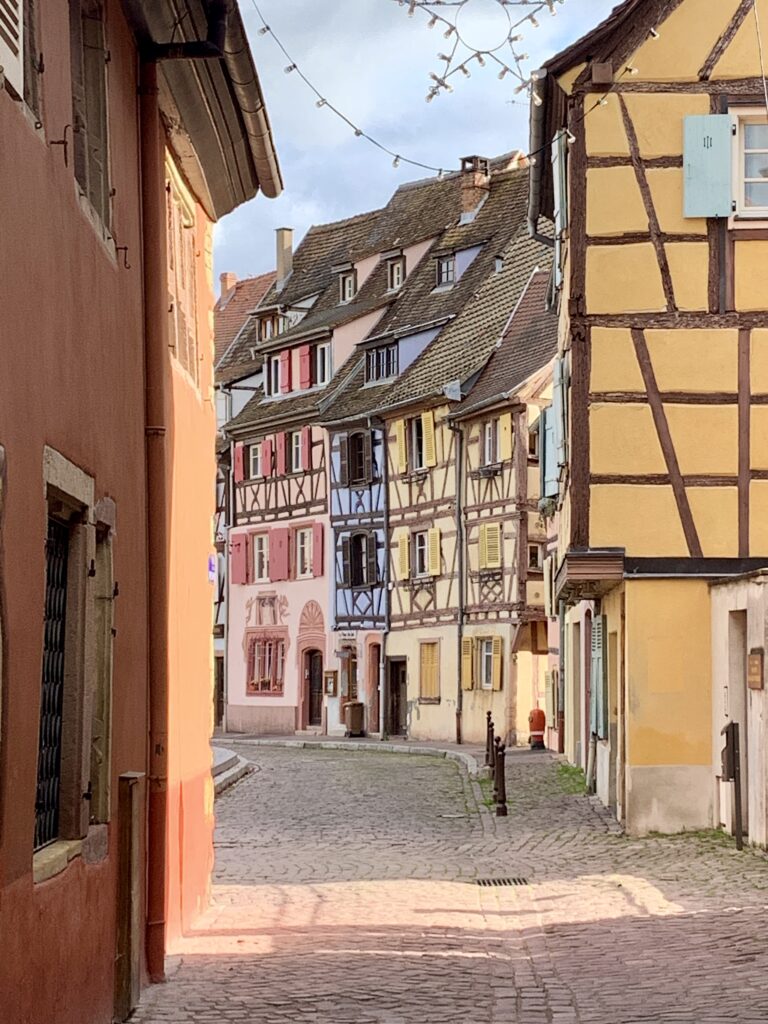
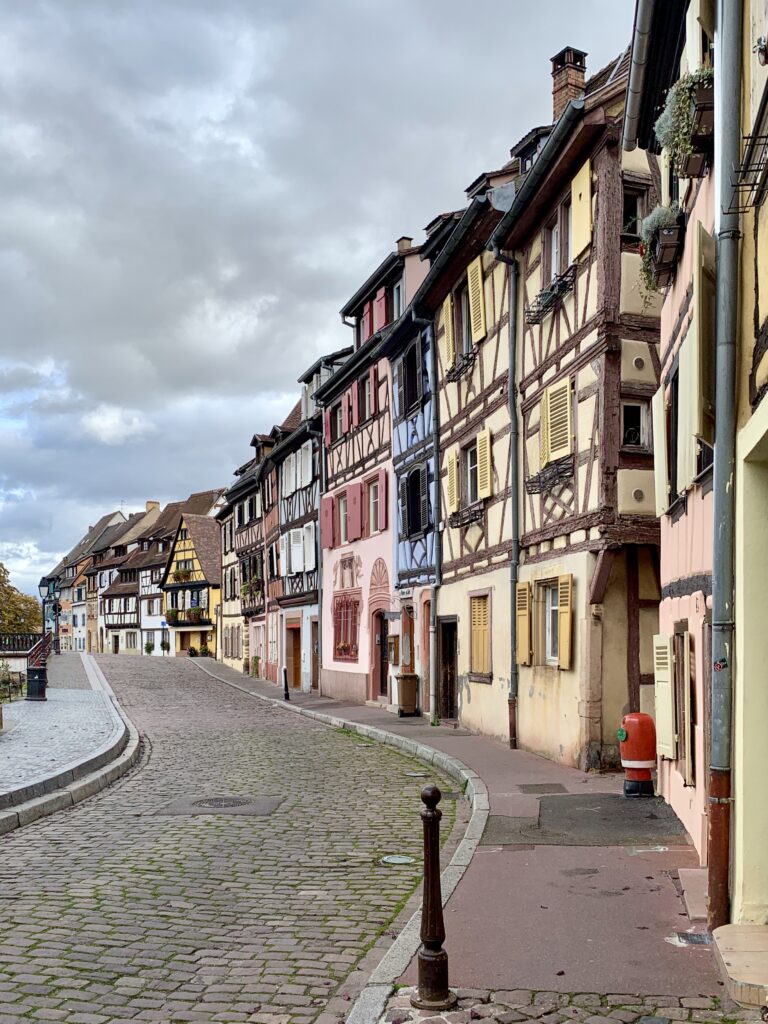
The old part of Colmar is a labyrinth of cobbled streets and timber framed chalk box coloured houses with steep pitched rooves and wooden shutters and it is truly beautiful. When I last stayed there, in 2017, it was packed (not least because it was the day of the town’s annual 10 km run) and I arrived as the runners were finishing. Not so this time.
What is particularly sad is that prior to our arriving the local authority had been putting up the town’s Christmas decorations. Ordinarily, Colmar has 5 weeks of Christmas Markets which are supposedly amongst the best in France – I suspect that will not happen this year.
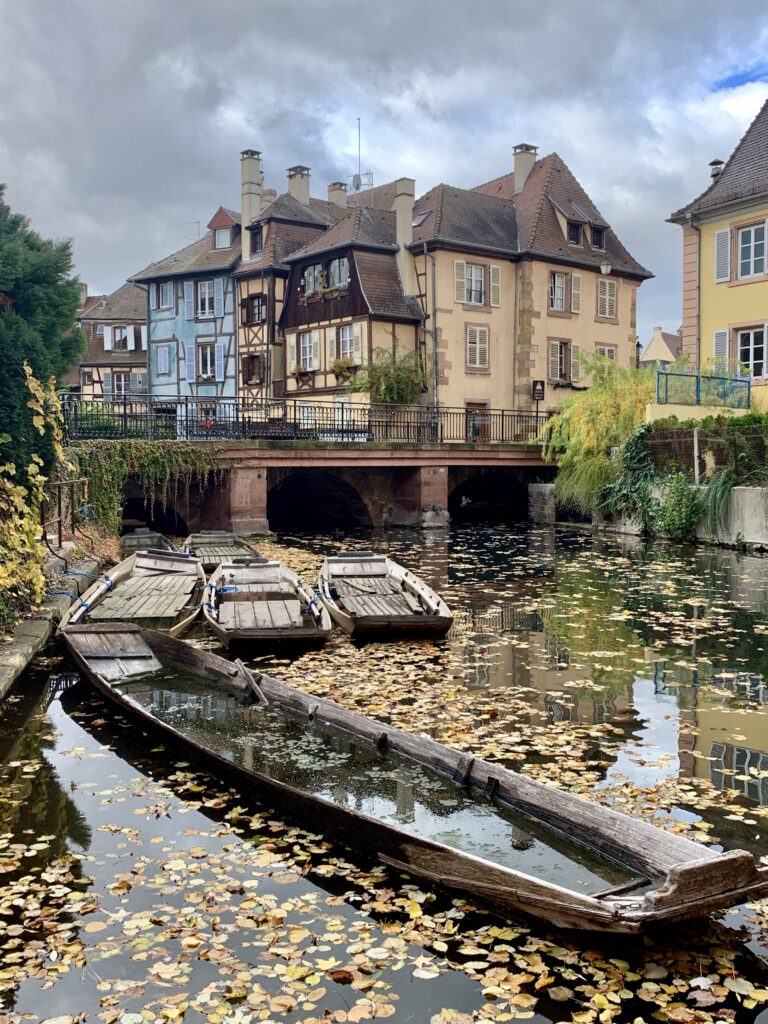
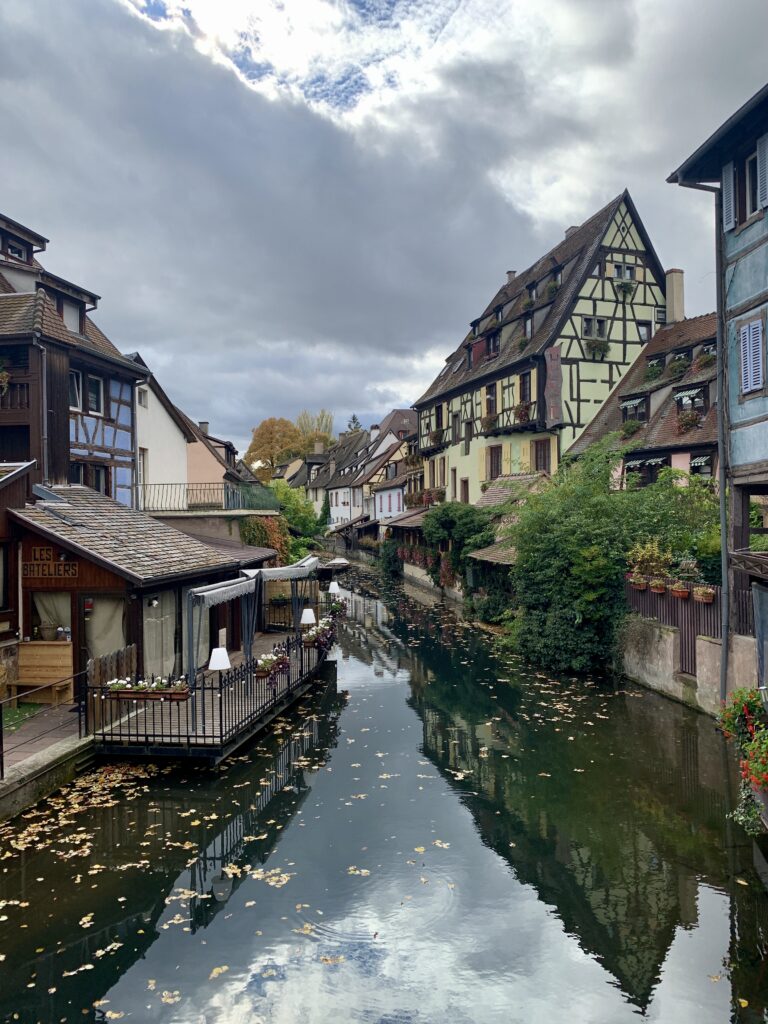

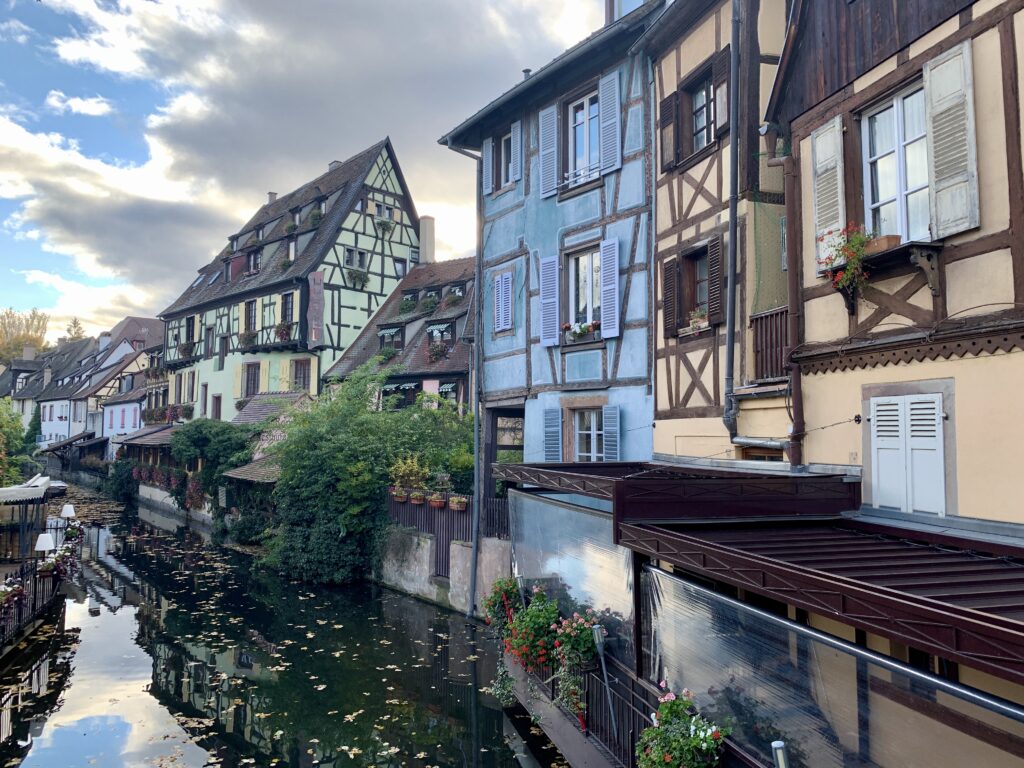
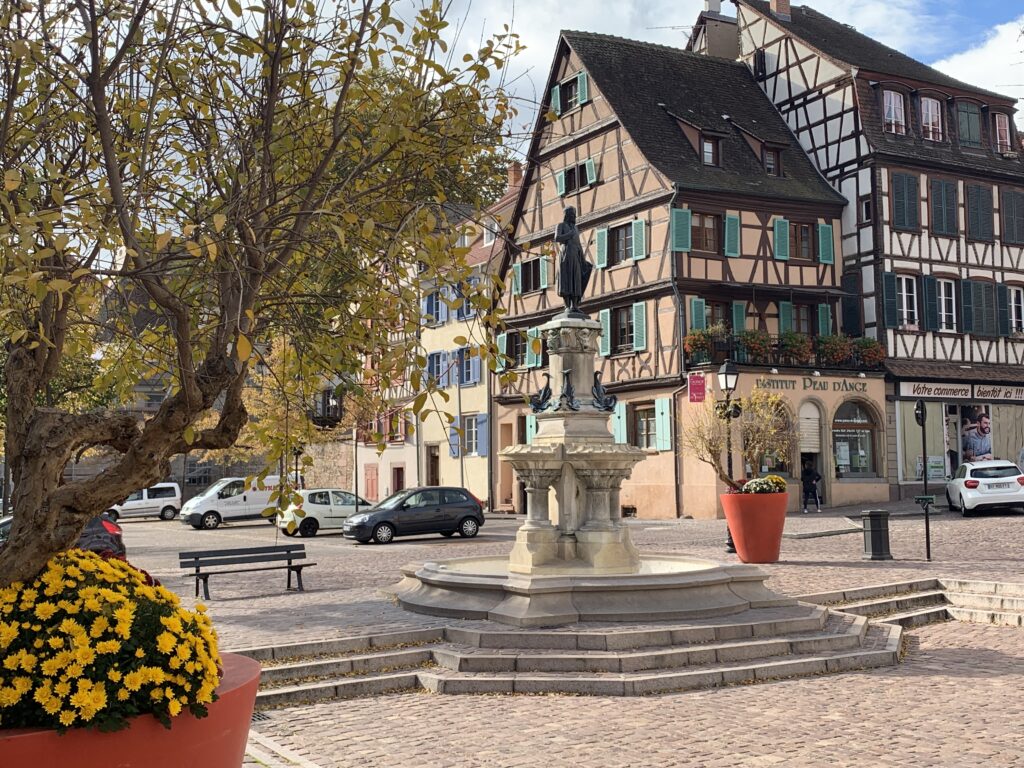


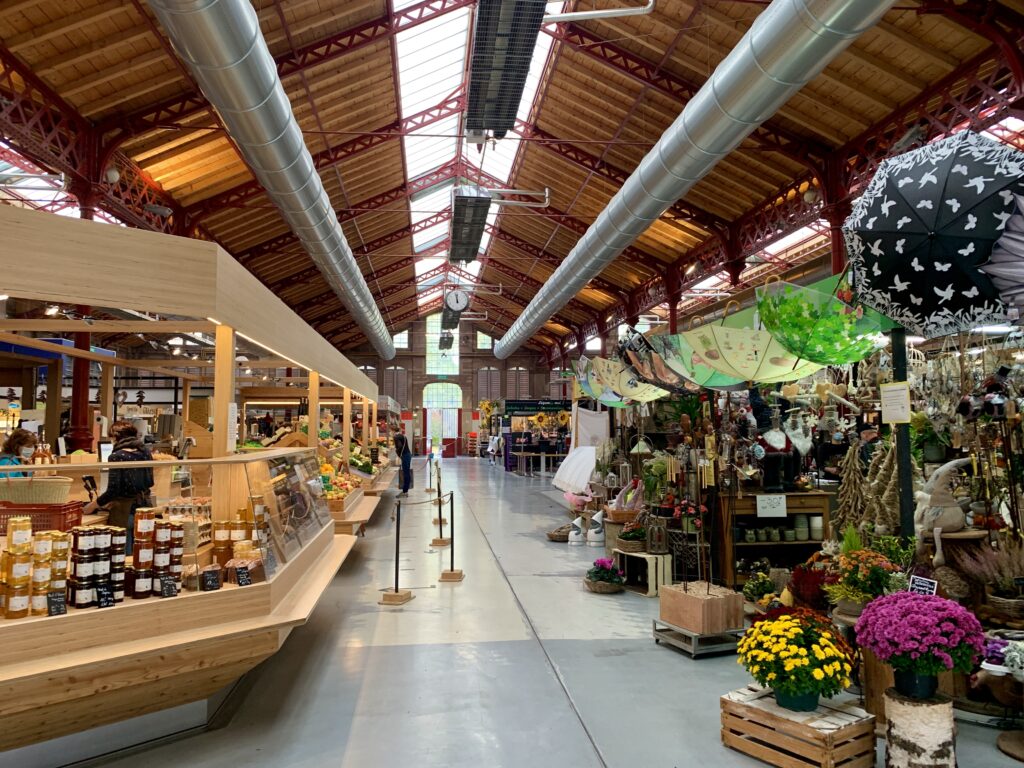
I probably mentioned this in my earlier blog on the town in 2017 but, amongst other things, Colmar was the birthplace of Frederic-Auguste Bartholdi who created the Statue of Liberty. The house he lived in is now a museum dedicated to his work and there’s a statue of Bartholdi in the Parc du Chateau d’Eau with him holding a small replica of the statue of “Liberty Enlightening The World”.

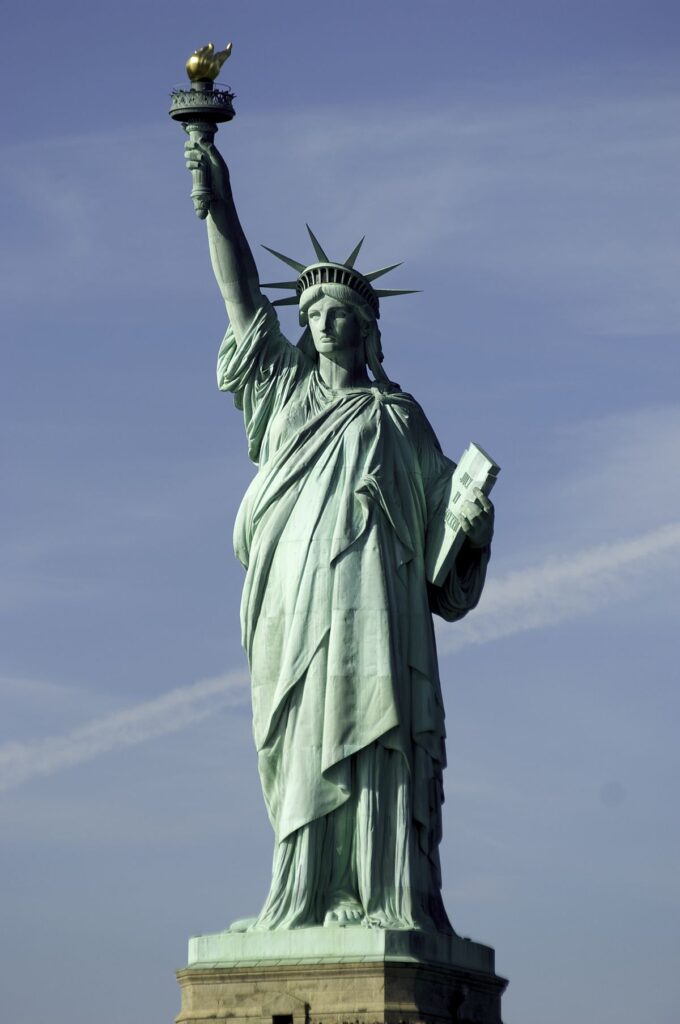
Oh, and we made it to the vet. Would you believe it, he charged a staggering 91 Euros for administering two tapeworm tablets?!? Robbery!

